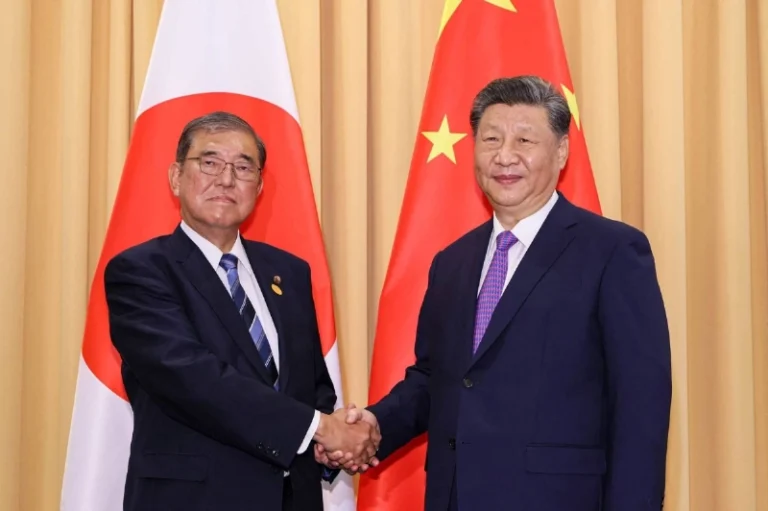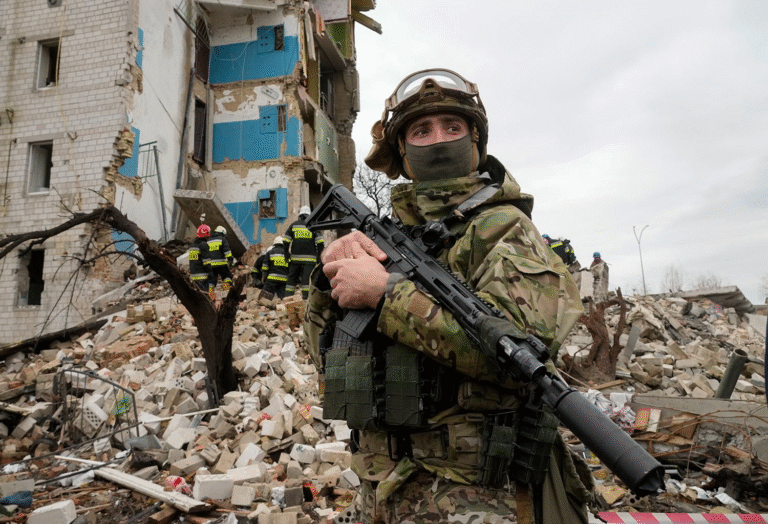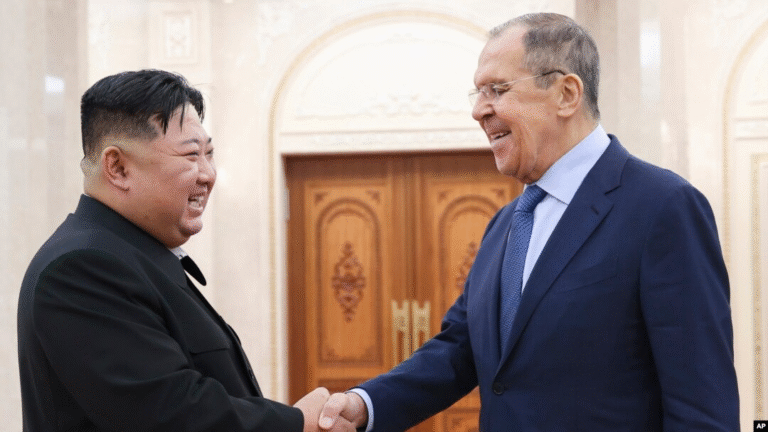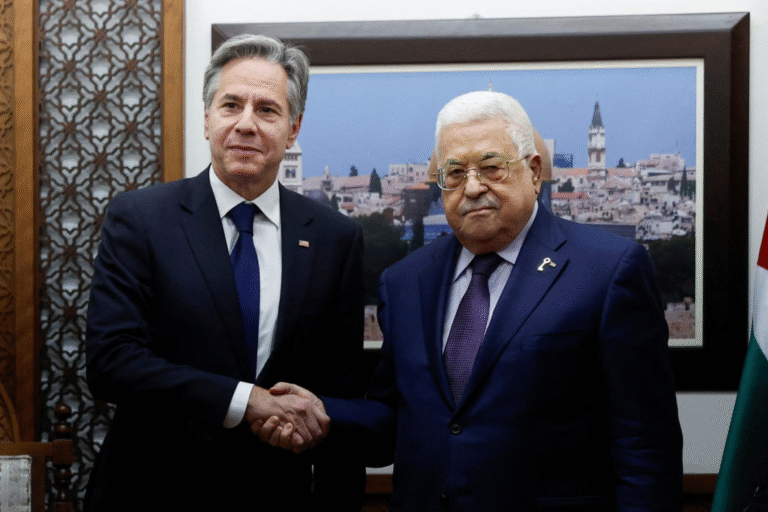Valentina Ramos
The America-Eurasia Center
The Middle East Program
www.EurasiaCenter.org
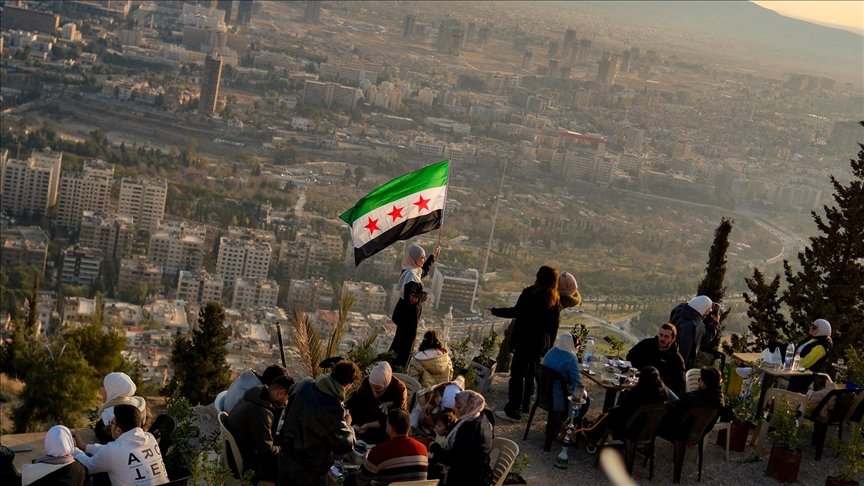
Syrians revisit Mount Qasioun in Damascus after the fall of the Assad
regime. Photo credit: Anadolu Ajansı
Introduction
The Syrian Civil War, which erupted in 2011, has left an indelible mark on the country’s
social, economic, and political fabric. Once a thriving, culturally rich nation, Syria now grapples
with a humanitarian disaster, widespread displacement, and a fractured society. The removal of
President Bashar al-Assad’s regime in December 2024 marks a historic turning point, yet the road
ahead remains uncertain. As of February 2025, interim leader Ahmed al-Sharaa, leader of the
Islamist faction Hayat Tahrir al-Sham (HTS), now heads Syria, assuming responsibility for leading
the reconstruction of the nation. This article explores the lifting of sanctions and the road to
rebuilding civil society in a country still scarred by years of war.
Impact of Sanctions
The impact of sanctions on Syria has been profoundly detrimental to its economic stability.
Measures, imposed by the U.S., European Union, and other international actors, were primarily
designed to pressure the Assad regime into ending its violent repression and to hold the government
accountable for human rights violations. However, the sanctions have ultimately deepened the
country’s political and economic crises, undermining its ability to recover and further weakening
the nation as a whole.
With key sectors such as oil, energy, and construction targeted by the sanctions,
international actor shave been pushing Syria furth and further, to the brink of collapse. Currently,
Syria’s economy has stagnated. The country has been deprived of critical foreign investment and
the ability to access international markets. Oil exports, once a key revenue source for the
government, have been severely limited by sanctions on the energy sector, which has led to chronic
shortages of fuel and energy. This, in turn, has had a cascading effect on other industries, including
agriculture and manufacturing, causing widespread unemployment and stunted economic growth.
Hyperinflation and the devaluation of the Syrian pound have exacerbated these challenges.
The country’s national currency has lost significant value, making imports even more expensive
and pushing basic goods out of reach for the average Syrian citizen. From 2010 to 2011, Syria’s
GDP shrank by 54 percent, and now over 90 percent of Syrians are living in poverty. At the same
time, the country’s ability to secure international loans or aid has been hindered by the sanctions.
Humanitarian organizations have faced difficulties in assisting due to the legal complexities and the
risk of violating sanctions, further intensifying the economic and social hardship faced by ordinary
Syrians. (Sources: Al Jazeera and the Carter Center)
The Fall of Bashar al-Assad and the Rise of Ahmed al-Sharaa
The toppling of Assad’s regime marked a critical turning point in Syria’s long-standing
conflict, but it did not resolve the deeper structural issues that have plagued the country. The
leadership vacuum created by Assad’s downfall has allowed for the rise of different factions, with
Ahmed al-Sharaa’s HTS group emerging as a key player.
Al-Sharaa’s rise to power in February 2025 is significant not only because of his Islamist
affiliations but also due to the challenges this presents to national unity. HTS has long been
associated with extremist groups, though it has distanced itself from al-Qaeda in recent years. Al-
Sharaa’s leadership may signal a move towards an Islamist-based governance model, which could
alienate large swathes of Syria’s secular and minority populations. The challenge here is whether
al-Sharaa’s government can forge a stable, inclusive national identity or whether it will exacerbate
sectarian divisions.
Furthermore, Al-Sharaa’s political legitimacy is questionable in the eyes of many Syrians
who view HTS as an external force that imposed itself on the country’s political landscape. As
Syria enters its post-Assad phase, national reconciliation will be indispensable to prevent the rise of
new sectarian conflicts. However, Al-Sharaa’s past actions, including the HTS’s role in Idlib and its
controversial military campaigns, indicate that his government may prioritize Islamist policies that
do not align with a pluralistic civil society. (Sources: NPR and BBC News)
Challenges to Rebuilding Society
While there are opportunities for recovery, the government faces substantial obstacles,
especially in the realms of political reconciliation, security, and economic stability. Al-Sharaa’s
administration has taken some early steps to address these challenges, but without international
cooperation, particularly the lifting of sanctions, Syria’s path to recovery remains uncertain.
One of the primary challenges facing Syria is the deep political fragmentation that remains
in the wake of Assad’s fall. Multiple factions—ranging from HTS to former regime loyalists and
Kurdish groups—hold different visions for Syria’s future. The interim government’s ability to
foster national reconciliation is essential but difficult. Al-Sharaa has dissolved key institutions
associated with Assad, such as the military and security agencies, and created an interim legislative
council to guide Syria toward a new constitution and democratic elections. (Sources: Al Jazeera)
Despite these steps, political divisions persist. Many opposition groups remain distrustful of
al-Sharaa’s leadership, given his association with HTS, which has been seen as an insurgent force.
In early 2025, the government began peace talks in Aleppo, bringing together diverse factions, but
tensions remain high. For these talks to succeed, al-Sharaa’s government must overcome
skepticism, build trust, and ensure that all groups feel included in the political process. Without true
political inclusion, the risk of violence and retaliation could destabilize any progress made.
Moreover, because Syria’s economy is in ruins, they have not allocated money to the very
much needed areas. For example, infrastructure is decimated, inflation is rampant, and the country
faces critical shortages in essential goods. The imposition of sanctions, particularly the U.S. Caesar
Act, has only exacerbated these problems by blocking foreign investment and limiting access to
financial institutions. Al-Sharaa’s government has made some progress, such as setting up an
economic task force focused on rebuilding key sectors like agriculture, energy, and healthcare.
Additionally, in February 2025, the government began negotiating new trade routes with regional
neighbors like Iraq and Lebanon to bypass sanctions. However, these efforts are insufficient. The
government has limited resources, and rebuilding the economy will require international financial
assistance. Lifting sanctions is crucial to attracting foreign investment, securing loans, and
rebuilding critical infrastructure. Without such relief, Syria will struggle to address basic needs like
food and fuel shortages, which continue to affect millions. (Sources: The Guardian)
The collapse of Assad’s security forces has left a significant power vacuum, particularly in
areas controlled by extremist groups like HTS in the northwest. Rebuilding Syria’s security
apparatus is critical to maintaining order, but this process is hindered by a lack of resources and
ongoing insecurity. In response, al-Sharaa has initiated efforts to re-establish local police forces in
areas like Homs and Damascus, focusing on restoring law and order. However, these efforts are
constrained by the limited resources available. The presence of extremist groups in Syria further
complicates the security situation. Without international support, al-Sharaa’s government is ill-
equipped to fully reform and rebuild the country’s military and police forces. Lifting sanctions
would allow Syria to access foreign assistance, which is crucial to counter extremist threats and
reassert control over the country.
Conclusion
Syria stands at a critical juncture in its post-Assad recovery. The fall of Bashar al-Assad’s
regime has opened the door for political transition, but significant challenges remain in rebuilding
the nation’s fractured society. Under the leadership of Ahmed al-Sharaa, Syria faces deep political
divisions, the need for national reconciliation, and an unstable security situation, particularly with
extremist groups continuing to exert influence in parts of the country. The severe impact of
sanctions, particularly the Caesar Act, has further compounded Syria’s economic collapse,
hindering the government’s ability to address basic needs such as food, fuel, and infrastructure.
Al-Sharaa’s government has taken initial steps towards recovery, including the dissolution
of key institutions tied to the Assad regime, the establishment of a legislative council, and the
initiation of trade negotiations to bypass sanctions. However, the government remains constrained
by a lack of resources, and true recovery will require international support, including the lifting of
sanctions to facilitate foreign investment, economic aid, and security assistance. For Syria to
rebuild its civil society, ensure stability, and avoid further sectarian conflict, it is crucial that al-
Sharaa’s government navigates these complex challenges while securing international cooperation.
Only then can Syria hope to chart a path toward lasting peace and recovery.
Sources
Al Jazeera. “Rebuilding Syria’s Economy: Can Stability Return After War?” Al Jazeera, 8 Jan.
2025, www.aljazeera.com/economy/2025/1/8/rebuilding-syrias-economy-can-stability-return-after-
war.
Goldstein, John. “Syria’s New Leader, Ahmed al-Sharaa.” The New York Times, 30 Jan. 2025,
www.nytimes.com/2025/01/30/world/europe/syria-president-ahmed-al-shara.html.
NPR. “Syria’s New Leader Denounces Iran, Calling Its Proxies a Regional Threat.” NPR, 4 Feb.
2025, www.npr.org/2025/02/04/g-s1-46361/syrias-new-leader-denounces-iran-calling-its-proxies-
a-regional-threat.
BBC News. “Syria’s Divided Future: Political and Social Tensions.” BBC News, 2025,
www.bbc.com/news/articles/c8d9r0vg6v7o.
Anadolu Agency. “Two Months After Assad’s Fall, What Are the Challenges in Rebuilding Syria?”
Anadolu Agency, 2025, www.aa.com.tr/en/middle-east/two-months-after-assad-s-fall-what-are-the-
challenges-in-rebuilding-syria/3475097.
Aita, Samira. “The Unintended Consequences of Syria’s Conflict.” The Carter Center, Dec. 2020,
www.cartercenter.org/resources/pdfs/peace/conflict_resolution/syria-conflict/syria-unintended-
consequences-aita-12-20.pdf.
Washington Institute for Near East Policy. “Status of Syria’s Transition After Two Months.” The
Washington Institute, 2025, www.washingtoninstitute.org/policy-analysis/status-syrias-transition-
after-two-months.
Carnegie Endowment for International Peace. “The Gulf Shifts Policies in Response to the New
Syria.” Carnegie Endowment for International Peace, 2025,
carnegieendowment.org/research/2025/01/the-gulf-shifts-policies-in-response-to-the-new-
syria?lang=en¢er=middle-east.
